In the past, we’ve looked at Class AB and Class D amplifier classes, the two most popular configurations in the mobile electronics industry. With that said, a few other classes deserve some explanation, as they can deliver improvements in amplifier efficiency without altering the sound quality. This article will review Class AB and Class D and then talk about G and H designs. We’ll also dispel some myths about device topology and how these amplifiers work.
How Does the Amp Output Stage Work?
Before we talk about output device configurations, we need to explain how the output stage of an amplifier works. When your installer connects a speaker to an amplifier, they expect a voltage proportional to the input signal to be supplied. The amplifier power supply determines the maximum voltage that can be provided to the speaker and the impedance of the speaker determines how much current will flow. Our limits are the voltage of the power supply and its current delivery capabilities.
Almost every amplifier uses what’s known as a Class B output device configuration in car audio systems. This circuit design uses two switching devices (transistors or MOSFETS) to alternate between the amp’s positive and negative voltage supplies. When both are off, no voltage is supplied to the signal. When the positive device is on, a positive voltage is supplied to the speaker, and it moves outward. When the negative device is on, the speaker moves inward. The level of our audio signal determines how “on” each device is. This configuration is often referred to as a push-pull design.
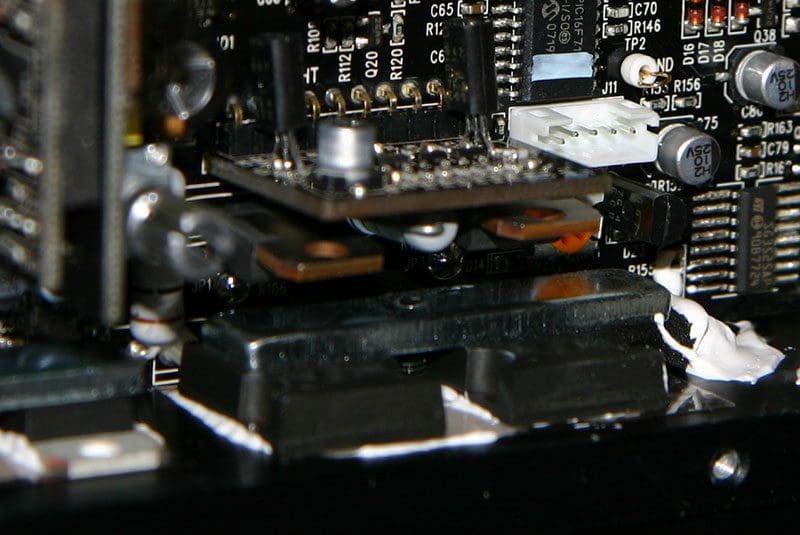
Class AB Car Audio Amplifiers
A Class AB amplifier is a Class B amp adjusted to make the transition between the positive and negative switching devices smooth and effectively distortion-free. Most amplifiers switch from one device to the other with as little overlap as possible so the amplifier can be as efficient as possible.
A few high-end amplifiers allow both devices to overlap their operation a little more than normal to ensure that the transition is even smoother and less crossover distortion is created. This configuration reduces distortion at the expense of increasing how much current the amp draws. When appropriately executed, the results can be quite astonishing. The ARC Audio SE-Series and D’Amore Engineering A-Series amplifiers are great examples of these high-bias designs.
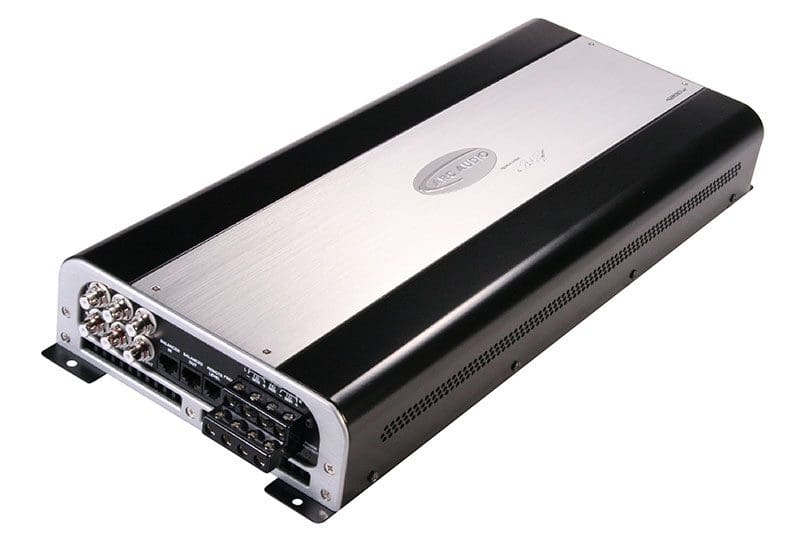
For a more scientific look at how A, B and AB stages are configured, check out this BestCarAudio.com article.
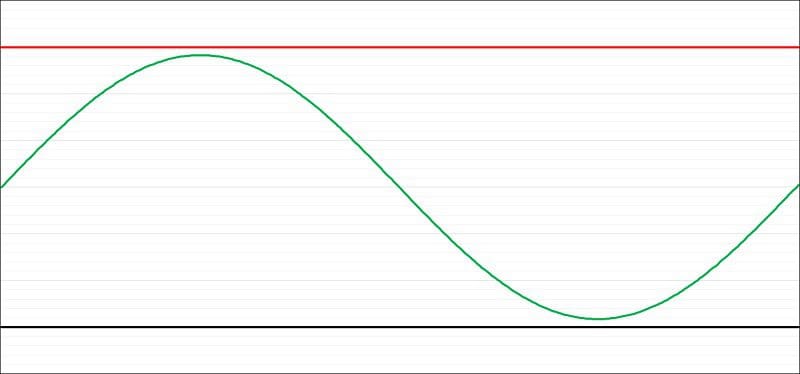
Class G and Class H Amplifiers
A few companies that truly understand what genuine enthusiasts expect from a high-end car audio amplifier have implemented what are known as Class G and Class H designs. Unlike Class B, G and H don’t refer to an output device configuration at all. G and H are different methods of adjusting the power supply’s output to improve an amplifier’s efficiency. As such, Class G and Class H amplifiers are subsets of a Class B amp.
The power supply may be configured in a Class G amplifier to deliver two more output voltages. The amp operates typically at a lower-than-maximum rail voltage so that less heat is generated in the output devices. When you crank up the music, the amp will dynamically switch the power supply output to a high-voltage mode, so the output signal doesn’t get clipped. Some amps’ switching is based on average power level requirements, and others can change based on the audio signal’s immediate needs. A Class G amplifier’s output devices are configured in a standard Class B topology and, with proper biasing, deliver the same amazing sound quality.
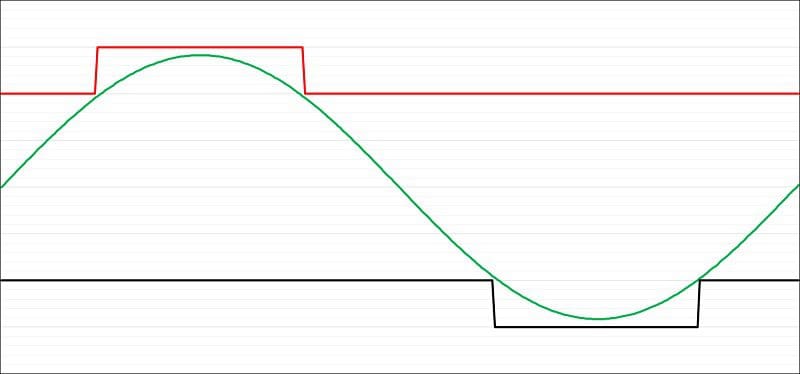
Class H amplifiers are very similar to Class G, except that the power supply voltage tracks the audio waveform at high output levels. So, rather than low- and high-voltage modes, the voltage is variable. This configuration offers further improvement in amp efficiency of Class G with the same sound quality as B.
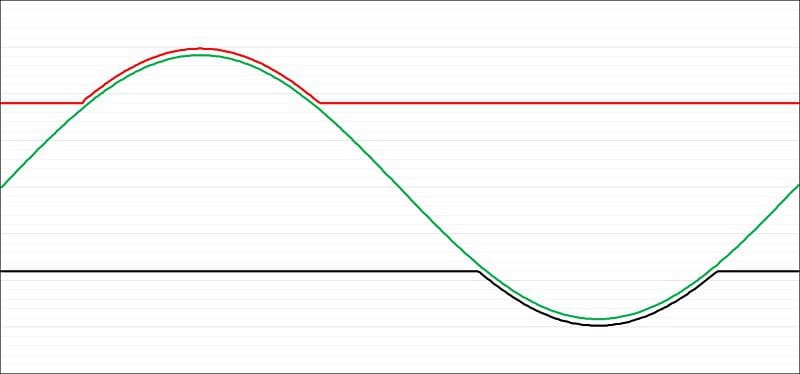
Class D Amplifiers Deliver Efficiency
A Class D amplifier still uses the same Class B output device configuration, with separate positive and negative switching devices. Where it differs is in how the devices are driven. The analog audio waveform is processed by a controller IC into a series of pulses with different widths. The pulses switch the positive or negative output devices all the way on or off very quickly. A large filter network between the output devices and the speaker smooths these pulses to recreate the original analog waveform.
The efficiency benefit comes from the output devices acting as switches rather than resistors. With little time being partially on or off, very little heat is generated.
Modern Class D driver ICs operate at impressively high frequencies. Some run as fast as 600 kHz, so delivering good high-frequency audio performance is less of an issue than for amplifiers designed a few decades ago. These same ICs include low-voltage operation features to help amplifiers work in vehicles with stop-start electrical systems.

It’s All About Amplifier Efficiency
These days, installers want the smallest and most efficient amplifiers they can find. These criteria make installations more manageable. For those who are genuinely passionate about their listening experience, the larger amplifiers with Class AB output stages still deliver the best performance. If you’re shopping for an amplifier for your car audio system, drop by your local specialty mobile enhancement retailer and ask them about the amplifier classes they offer. Based on your vehicle, power needs and performance expectations, they’ll help you choose a solution that will ensure that the music you listen to sounds great!

